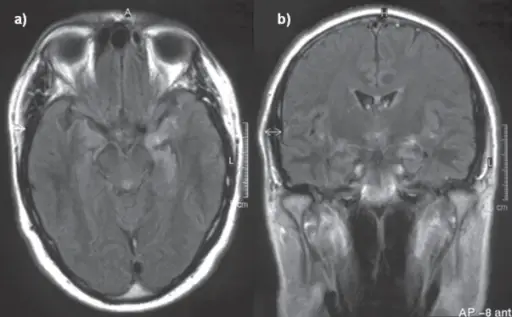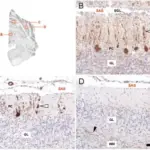Limbic encephalitis is a form of autoimmune encephalitis that is characterized by inflammation of the brain.
What is the Pathology of Limbic Encephalitis?
Etiology: The cause of limbic encephalitis with an autoimmune reaction.
Pathogenesis: The pathological changes of paraneoplastic limbic encephalitis are usually related to loss of neurons with reactive gliosis, perivascular lymphocytic cuffing, and microglial proliferation.
Histology: The histology associated with limbic encephalitis shows multiple areas of micro-softening in the cerebral cortex which are distributed in the limbic and non-limbic areas with lymphocytic infiltration in the intraparenchymal vessels.
How does Limbic Encephalitis Present?
Patients with limbic encephalitis are predominantly males and age range is 40-45 years. The symptoms, features, and clinical findings associated with Limbic Encephalitis include personality changes, depression, irritability, memory loss, and seizures.
How is Limbic Encephalitis Diagnosed?
Limbic encephalitis is diagnosed by clinical exam, and blood tests.
How is Limbic Encephalitis Treated?
Limbic encephalitis is treated by surgical removal of any tumors that may be present, chemotherapy if indicated, and supportive care.
What is the Prognosis of Limbic Encephalitis?
The prognosis of limbic encephalitis is fair.



